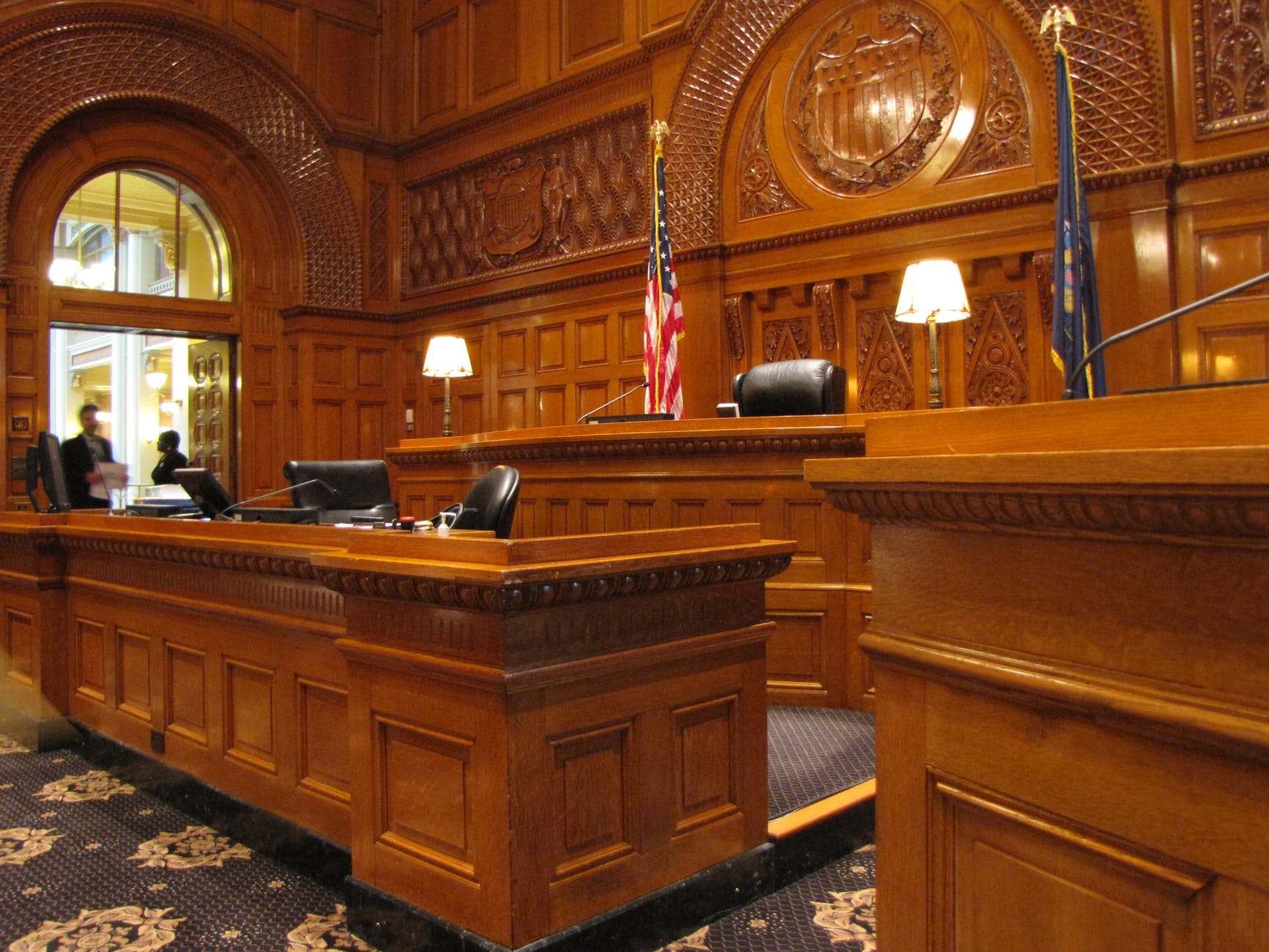I’ve Been Arrested…What Happens Next?

Step One: Preliminary Arraignment or Criminal Complaint Sent by Mail
Step Two: Preliminary Hearing
The Commonwealth must make a prima facie case against you (must show the district magistrate that there is enough evidence against you) to go to the Court of Common Pleas (also known as “Big Court”)
Step Three: Formal Arraignment
The Commonwealth officially informs you of the charges you will face at trial.
Step Four: Pre-Trial Conference
Your trial/plea/hearing date is set.
Step Five: Trial/Plea/Hearing Date
Your day in court. This is where you can make the district attorney’s office prove its case against you at trial by a judge (bench or non-jury trial) or through a jury trial. You also have the option of accepting a guilty or nolo contendere (or no-contest) plea.
Step Six: Sentencing
If you are not acquitted at trial, you are sentenced after the trial/plea.
Step Seven: Post-Sentencing Motions
If there are illegalities or other issues at trial, you can file post-sentencing motions to ask the court to reconsider its decision
Step Eight: Direct Appeal
If the post-sentencing motions do not resolve the illegalities or other trial issues, you can appeal the decision to the Pennsylvania Superior or Supreme Courts.
Step Nine: PCRA Petition
In certain cases, you may be eligible for relief under the Post-Conviction Relief Act. Keep in mind that getting PCRA relief is very rare and you must file your petition within one year of your judgment of sentence becoming final.
Step Ten: Federal Habeas Corpus Petition
After PCRA proceedings are unsuccessful, you may be able to obtain habeas corpus relief in federal court.
